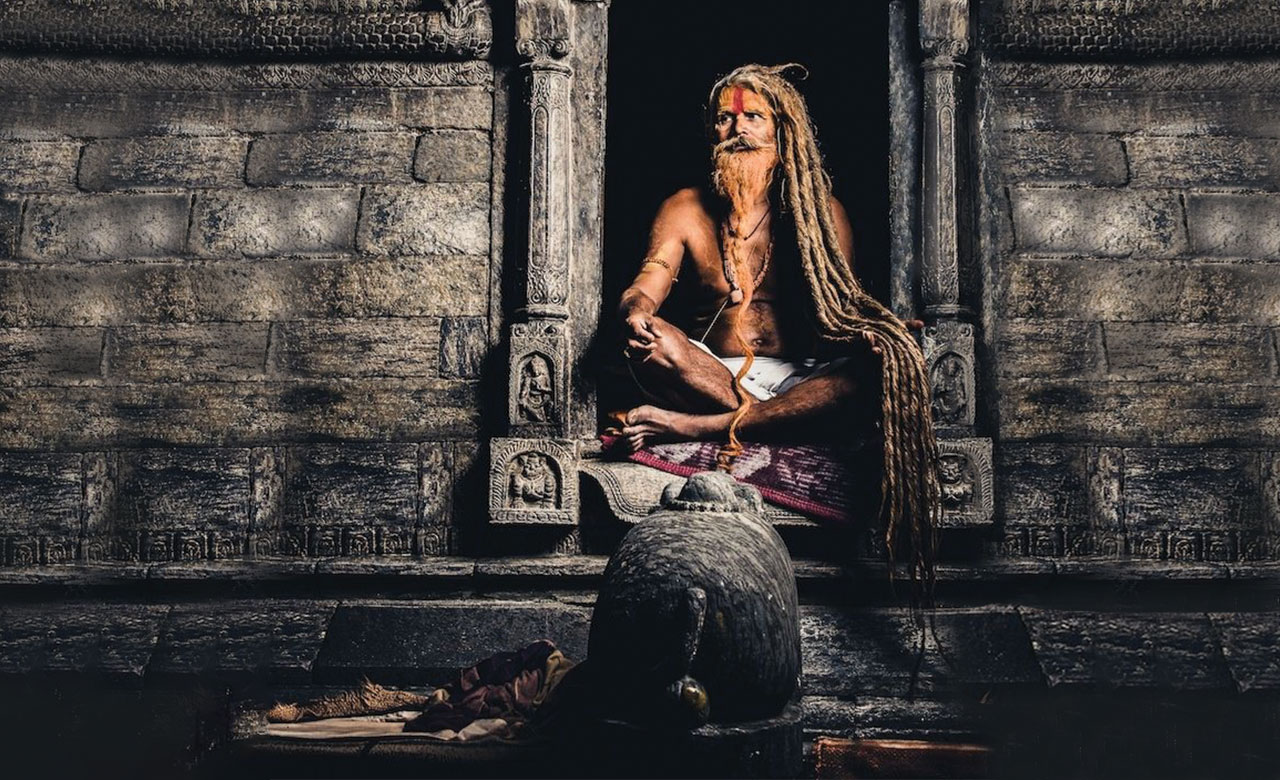
Informative
Evolution of Tantra series Part 2: History of Tantra
In the last part, we discussed the origins of tantra, taking us back to the pre-Vedic period. Along with that, we explored what exactly has been written in the ancient texts regarding Tantra Sadhana. In this blog, we will be exploring the effects of Tantra on the different sects of Hinduism.
It’s always fascinating to see cultures interact with each other. Often causing temporary turmoil, these cultures flourish further, imprinting on each other. Something like this happened when Tantra interacted with different cultures like Vaishnavism, Shaivism, Jainism, and Buddhism.
Tantra never asks you to give up worldly pleasures to pursue spirituality. We can see the impression of this defining characteristic of Tantra in other sects of Hinduism as well. May it be a Bhagavat Dharma sect, may it be Vaishnavism, they have acquired the true essence of Tantra as -you can reach to the divine while enjoying the worldly pleasures and by carrying on with your Karmas.
The emergence of Vaishnava Sahajiya:
Even though the name Radha comes before Krishna, many experts question the entire existence of the character Radha in Mahabharata. Often a Tantric concept of Shiva-Shakti held responsible for the inspiration behind Radha-Krishna. As per the Vaishnavas, Radha and Krishna are the dual manifestations of the singularity or single absolute reality.
The concept of Lakshmi can be found in both Tantra as well as in Vaishnavism. In both sects, Mother Goddess Lakshmi is the manifestation of Mother Tripura Sundari, supreme energy, residing in Muladhara Chakra or, in the Root Chakra.
Tantra describes our body as the abode of the god, and Vaishnavism describes Mathura, Vrindavan, or Gokul as the abode of God. In Mahabharata, Gokul, the abode of Lord Krishna has been described as the lotus with thousand petals. In Tantra, a lotus called Sahastra Padma, which is believed to be set on the topmost Chakra of the Body, Sahastra Chakra, or, the Crown Chakra. The inspiration is anything but accidental or coincidental. Such influence of Tantra on Vaishnavism led to the birth of an entirely new sect in Vaishnavism, called Vaishnava Sahajiya, a combination of Tantra and Lord Vishnu worshipping.
The same influence can be seen on Shavisam as well. It led to the birth of a new sect in Shiva worshipping, called Kashmir Shaivism.
Originated about 1200 years ago in Kashmir, Kashmiri Shaiva philosophy was the amalgam of the Advaita (Nonduality concept of Vedas), Tantric interweaving of Shavia (Shiva worship) and Shakta (Goddess worship) belief systems. In the Shakta sect, Shakti is considered as the supreme power ruling the universe, in Kashmir Shaivism, she is assimilated into the metaphysical spirit of the Lord Mahadev. Here, rituals are defined as a way to reach Shiva through worshipping Shakti.
The world we are living in is filled with experiences, distractions, and sensory overloading stimuli. To concentrate on spirituality, often, almost all of the spiritual sects recommend a complete withdrawal from the world, disconnecting by locking yourself behind the tall walls of monasteries and Ashrams. On the other hand, Tantra recommends rather insisting on enjoying all the areas of life, and gradually replacing the taboos and misconceptions with real-life experiences.
Tantra operates on one mechanism. The universal language of unconditional Love. Love towards life, towards your body, towards your family, and the rest of the world. His Holiness Shree Chamunda Swamiji says, “Vasudhaiva Kutumbakam”. The whole earth is one family. Tantra urges us to look beyond our family, including our relatives, our community, our country, and consider the wellbeing of the entire world. This is the best way to open up your Heart Chakra to its full blossomed stage.
We can safely say that many rituals we follow today, at least in India, have their roots in Tantra. As a more practical way to approach God, even sects like Shaivism and Vaishnavism acquired these practices to make a direct connection with the almighty and the commoner like you and me.
We would like to know about your views on this post of the ‘Evolution of Tantra series’ in the comment section below.
Post a Comment
-
Subscribe to Our Blog
-
Categories
-
Popular Articles
- Dead moth in the house. What universe is trying to tell you?
- Spiritual Meaning of Moth
- Vivah Bandhan Curse – What Is It and How to Spiritually Heal It.
- What are Beej Mantras?
- The Dasa Mahavidyas
- Tripura Sundari | The Dasa Mahavidya
- Maa Bhuvaneshwari | The Dasa Mahavidyas
- Ramakrishna Paramhansa – The Man who almost became a Woman
- The Five Shades of Tantra
- Maa Chinnamasta | The Dasa Mahavidyas



